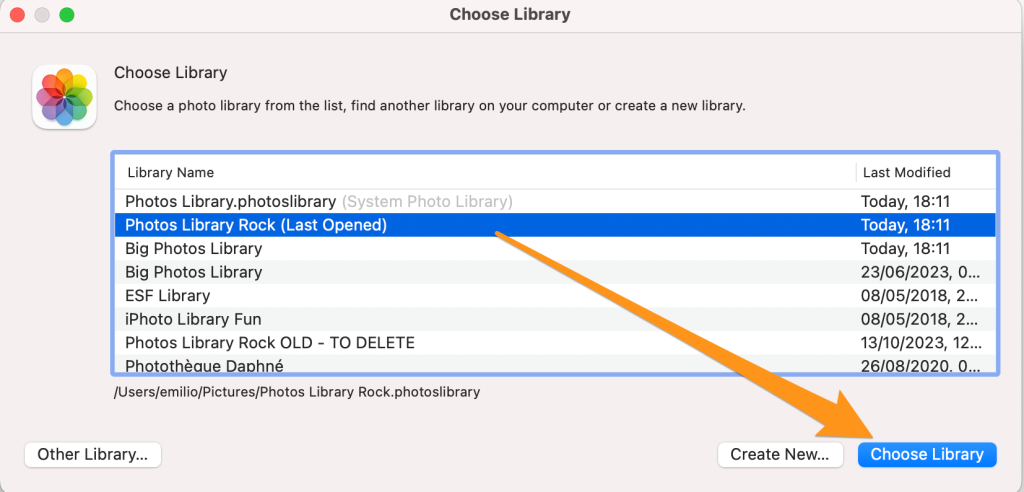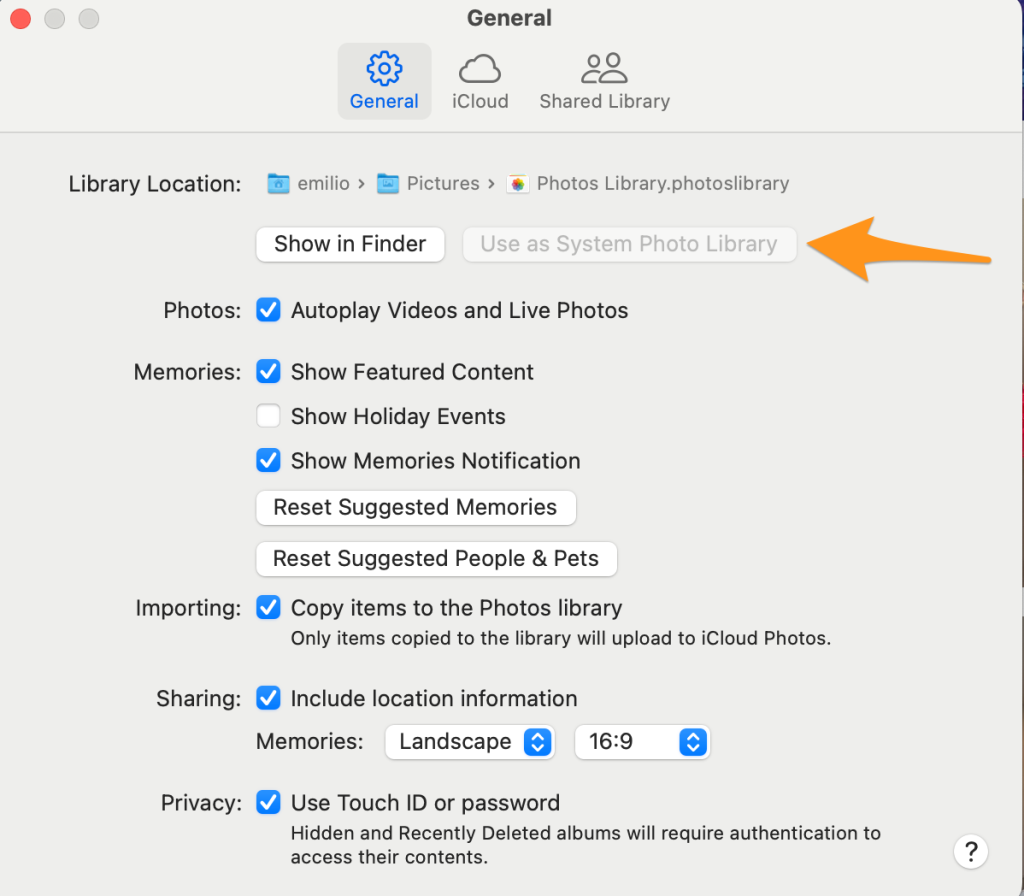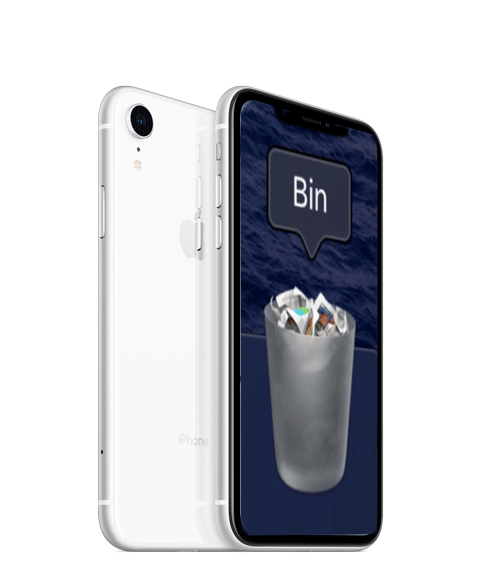Lorsque la photothèque Photos sur votre Mac est trop volumineuse ou si simplement vous désirez repartir d’une page blanche, il est possible de créer une nouvelle photothèque à tout moment.
Pour créer une nouvelle photothèque, Option+click sur l’application Photos et choisir “Nouvelle librairie” dans la boite de dialogue qui s’ouvre

Photothèque système
On peut avoir autant de photothèques que l’on veut sur son Mac, les stocker sur le disque interne ou sur un disque amovible, les déplacer ou en faire des copies.
Cependant une seule de ces photothèques sera votre photothèque système. Kesako?
La photothèque système est la photothèque qui se synchronise via iCloud sur tous les appareils qui la partagent. Dans cette photothèque système ajouter une photo, la modifier ou la supprimer se répercute automatiquement sur tous les appareils connectés.
Déplacer la photothèque
Pour déplacer une photothèque, il suffit de déplacer son dossier vers sa nouvelle destination. Par défaut la photothèque est localisée dans le dossier Images sur le Mac.
Une fois déplacée la photothèque pourra être ouverte par un double click sur son dossier dans son nouvel emplacement. Par la suite, ouvrir l’application Photos ouvrira toujours la dernière photothèque ouverte.
Pour ouvrir une autre photothèque, deux possibilités:
- Si on connaît son emplacement, double cliquer dessus;
- Ouvrir l’application Photos en faisant Option+click, ce qui ouvre une fenêtre de dialogue qui indique les photothèques disponibles sur le Mac, et choisir celle que l’on veut ouvrir.

Désigner la photothèque système
Rendez-vous dans les paramètres de la Photothèque et dans Général, cliquer sur l’option “utiliser comme photothèque système”

Il est à noter que si une nouvelle photothèque est désignée comme Système, Photos va désactiver la photothèque iCloud. Il suffit de la réactiver dans les paramètres de la librairie. Les photos qu’elle contient seront dans ce cas fusionnées avec iCloud. Ainsi les photos existantes sur iCloud (et donc présentes sur vos autres appareils connectés, iPhone, iPad etc) seront préservées et se retrouveront donc dans la nouvelle photothèque!

 Recently, my brother called me for a rather usual issue: his daughter’s iPhone’s storage is full. It’s a 16GB device, and yes, this is quite low for today’s youngsters, active with loads of photos, videos and social networks.
Recently, my brother called me for a rather usual issue: his daughter’s iPhone’s storage is full. It’s a 16GB device, and yes, this is quite low for today’s youngsters, active with loads of photos, videos and social networks.